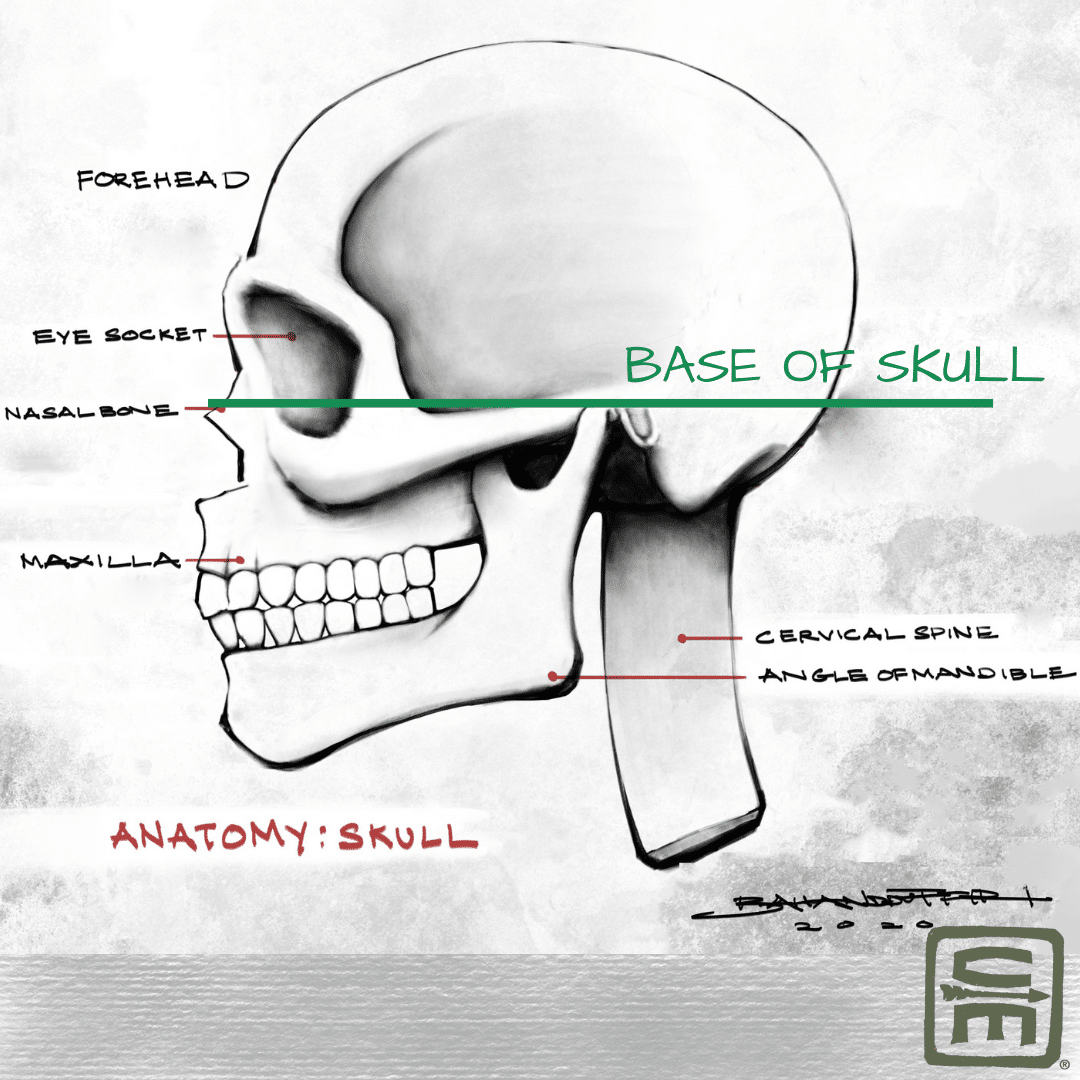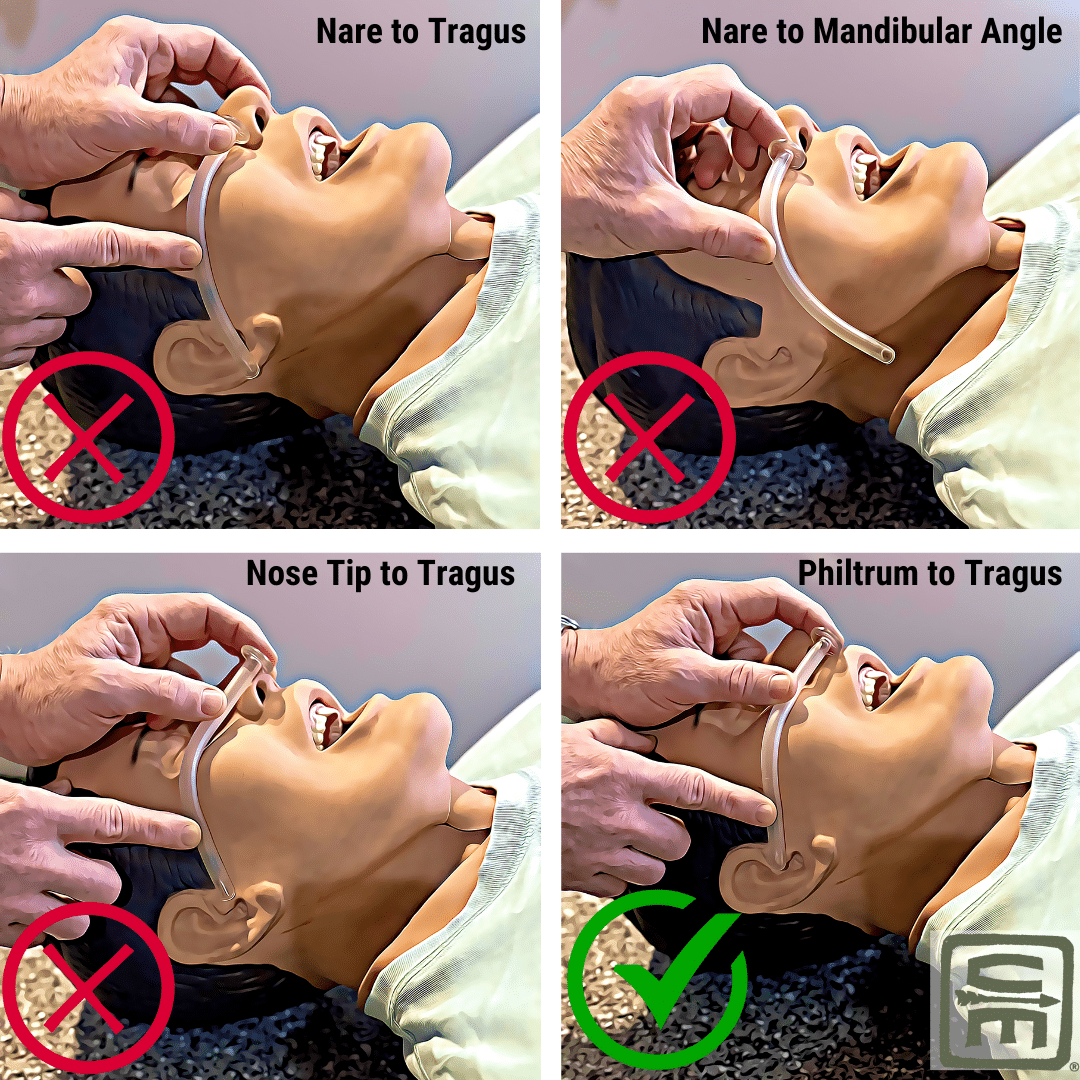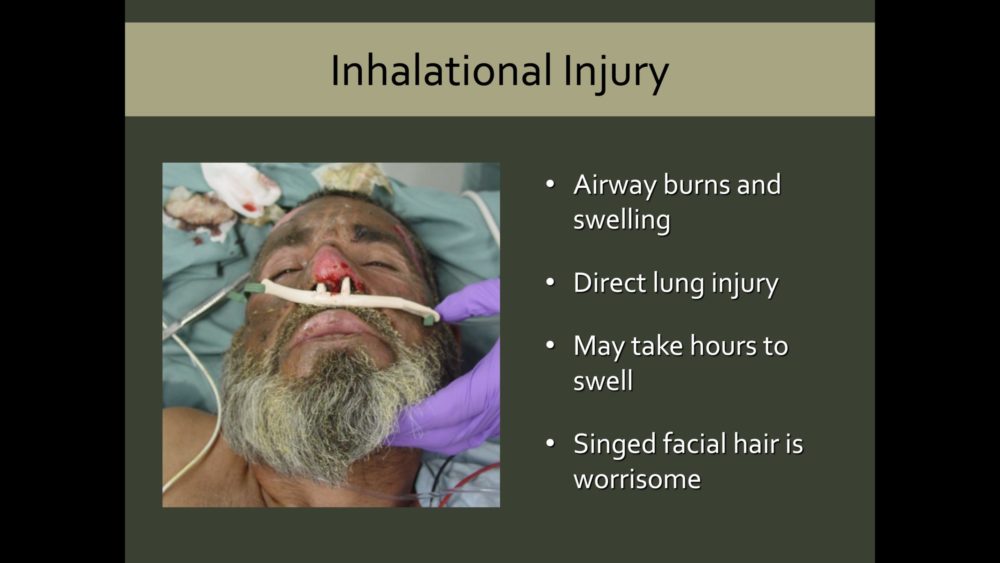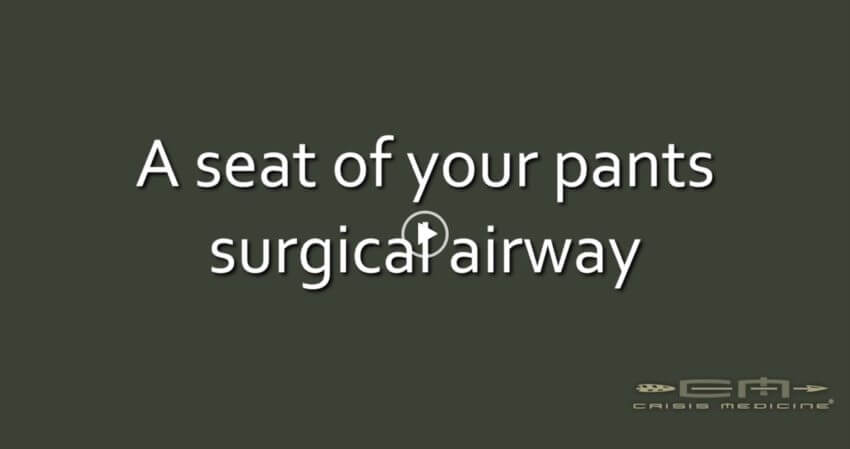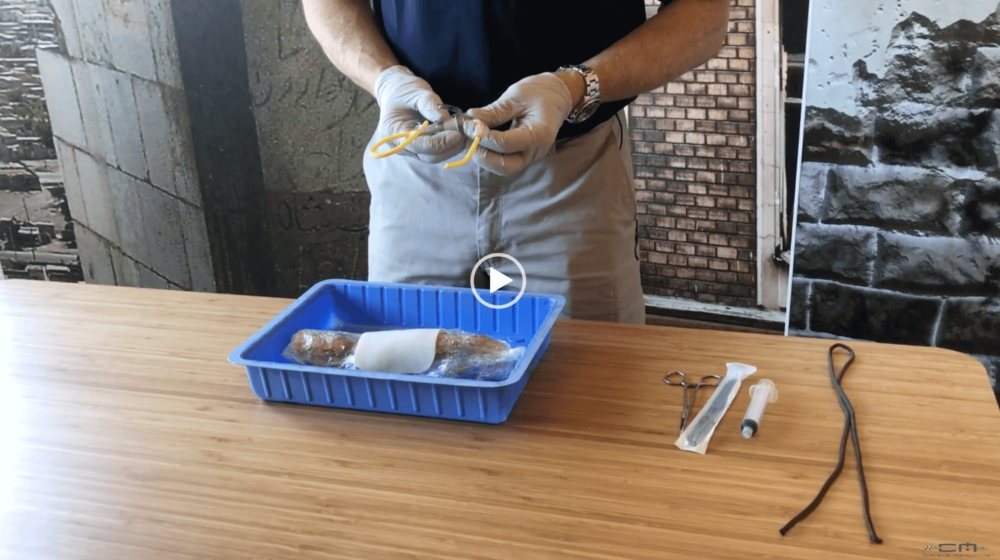🕖 Reading Time, 2 minutes Using IDF trauma and long-term disability databases from 1997 to 2021, researchers reviewed 19 surgical cricothyrotomies performed prehospital by paramedics or MDs (using a 6 mm Portex tracheostomy tube and scalpel) compared to 81 endotracheal …
The 1970 WDMET Vietnam data set that showed 10% of all military fatalities were from massive extremity hemorrhage also identified 1.6% of casualties required some degree of airway management. This data lead to the TCCC guidelines.
The second step in our MARCH mnemonic is Airway. It was traditionally the first step in the Red Cross A-B-C model (Airway, Breathing, Circulation) which was a failure of root cause analysis in dealing with traumatic casualties.
We want an open airway so our casualty can respire, or breathe, to oxygenate their blood, which is going to their heart and brain so they can remain conscious and alive. Once we’ve managed to keep the blood in the body, we then need an open airway to allow the oxygenation of that blood. Half of those simply needed airway positioning, the other half required more aggressive techniques. Often, rolling a casualty on their side, or into the “recovery position” can be enough to open their airway. Direct airway injuries, like a blow to the face or a gunshot wound to the jaw can require more invasive procedures like a surgical airway.
🕖 Reading Time, 6 minutes There has been recent discussion about the rarity of significant complications from nasopharyngeal airway (NPA) placement. Many chalk the cases of inadvertent intracranial placement as essentially “something that never happens.” We were asked by a …
🕖 Reading Time, 7 minutes The ability of a nasal pharyngeal airway (NPA) to maintain a patent airway is dependent on both the NPA’s internal diameter and length. Proper placement of a nasal pharyngeal airway ideally involves the tip of …
Airway control remains the top priority for field treatment of burn casualties.1 🕖 Reading Time, 4 minutes Hypovolemic and distributive shock can occur in burned patients but they are usually a late consequence. An inhalational burn injury can double a …
Emergency cricothyrotomy 🕖 Reading Time, 2 minutes Although dedicated medical equipment is always preferred, if the only thing that is going to keep someone from dying is a creative solution, you better get creative. Using everyday items, including a Zebra …
The North American Rescue tracheostomy airway with bougie introducer is demonstrated in a surgical airway. This an excerpt from our Complete Tactical Casualty Care course skills station ….


